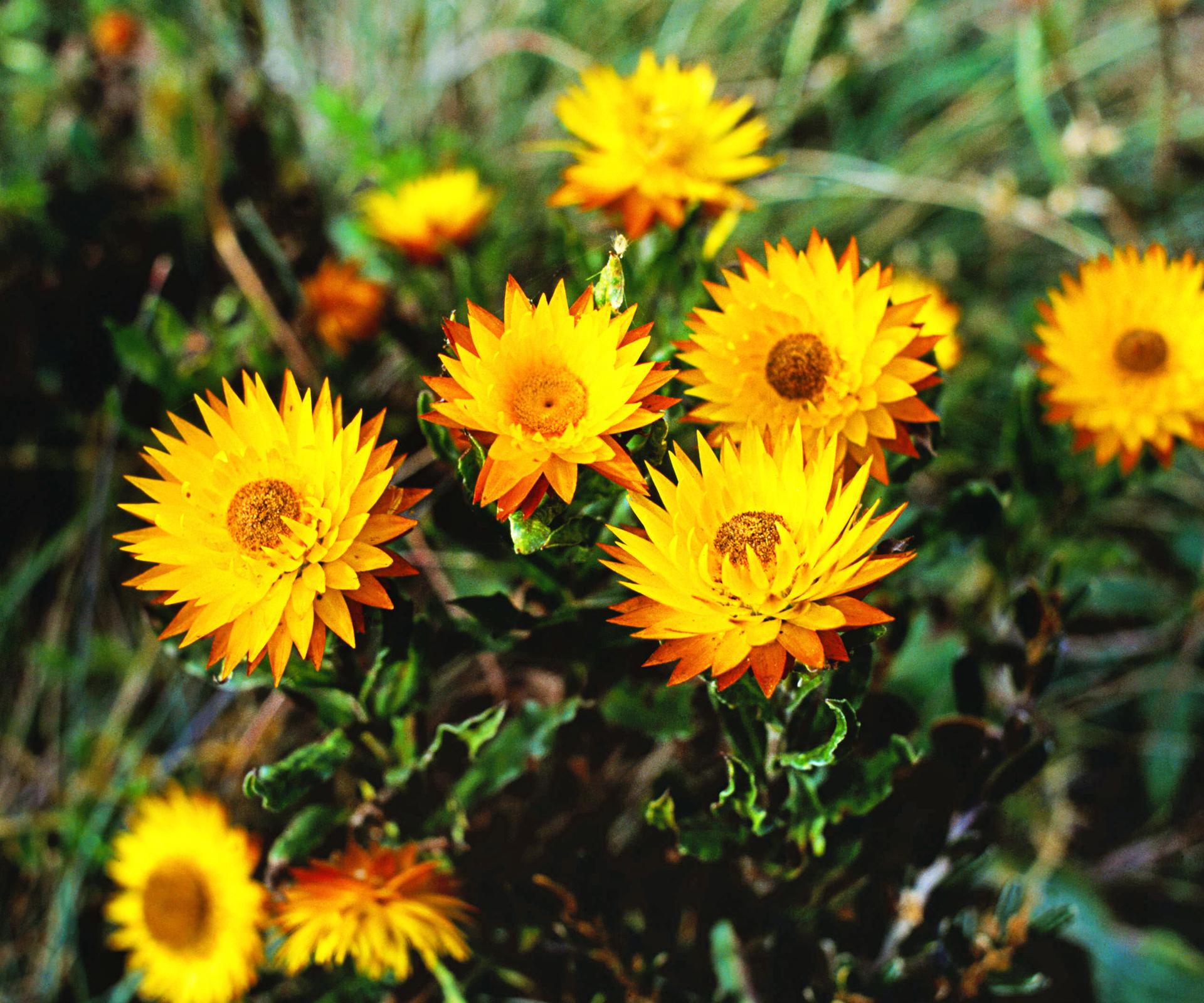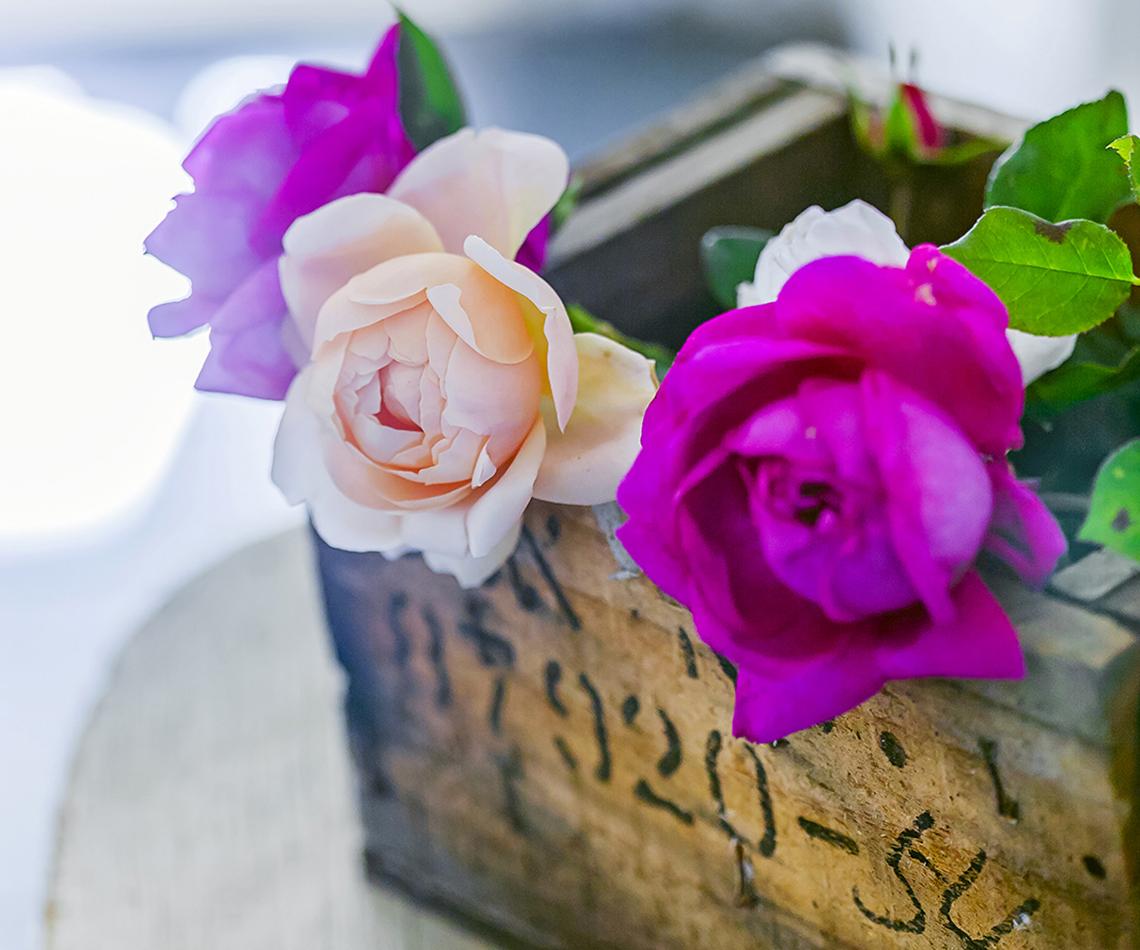If you ask 10 women for their favourite flower, nine of them will say ‘roses’, and the 10th will probably pause and say ‘and roses, too.’
Wild roses were nature’s lushest bloom, and humans have been breeding them to make them even more glorious for over two thousand years.
For centuries, the only flower grown in peasants gardens from England to China would be a rose bush. This means roses are very easy to grow. Even in a drought your roses will bloom and bloom. In fact, especially in a drought — roses love sunlight, and they get plenty of that in a drought. Give them a weekly water too, a generous mulch, and a nice feed every spring and you’ll have flush after flush of flowers.
Where to plant your roses
In full sun! On the other hand, some gardens — like ours — don’t have much sunlight, because I’ve gone wild planting shrubs and trees. So I grow rambling roses and pillar roses instead that climb up trees till they reach the sunlight. Every spring we have glorious canopies of roses above our heads, sprinkling petals down. Magic.
Roses will also climb along a fence, or up a pergola, or across a wall of your house. But you do need to choose the right ones, not just for your climate but for the spot where they’re going to go. Ask your nearest nursery to help you choose the ones you need. There are also roses that tolerate shade. See below.
Which rose?
These days roses have been bred for a purpose. Hybrid teas produce long stemmed roses, perfect for cutting and keeping in a vase. Floribundas are bushier roses, with a more attractive shape, and masses of blooms for about nine months of the year. Their flowers have smaller, often lax stems, that only really look great in small vases.
But there are also lots of other types of rose: Tea roses and Bourbon roses and Moss roses and wild roses, as well as modern roses that have been bred to look and smell like our idea of an old-fashioned rose, big bosomed and fragrant.
And then there are patio roses, bred to — you guessed it — go well on patios. And carpet roses, bred to form hardy carpets of flowers for about nine months of the year. And miniatures, and so many more I could go on for a whole book.
And ask! Just work out where you want your roses, find a good nursery and browse! One caution when falling in love with a rose at the garden centre (although no one ever takes advice when in the grip), the close up photos of individual roses they print on labels don’t give you much idea of how the shrub looks in the garden. They don’t show whether the rose shrugs off black spot and the buds continue to open when it’s wet and stormy or turn into mildewed brown lumps, the balance between foliage and flowers (both colour and size), whether the dead roses hang around looking like screwed up, used tissues or fall cleanly off the bush.
Over the years you will find that some of these colour your feelings far more than those little photo promises. Not to mention perfume, autumn foliage, hips…


